SUMMARY
This is AI generated summarization, which may have errors. For context, always refer to the full article.
![[OPINION] Ilokano remembers EDSA: ‘We hated everything that the Marcos regime represented’](https://www.rappler.com/tachyon/2021/02/IMHO-Ilokano-remembers-EDSA-February-25-2021.jpg)
To my wife Amelita and me, the events leading to EDSA 1 in 1986 was part of our love story, but it’s not just about us. It’s also about our love for country.
In 1985, when we decided to tie the knot, we knew that those were years of living dangerously. But the situation didn’t deter us. We planned our wedding to be meaningful and to still be steep in tradition. We wanted to also make a bold statement. After all, when Ninoy Aquino was assassinated in 1983, we knew then that “Hindi Ka Nag-iisa” meant we were part of the struggle for freedom.
My wife was raised in Laoag City, capital of true-blue Marcos country, the famed Ilocoslovakia, the North Star province. I, on the other hand, was a son of an Ilokana, who hailed from San Nicolas, Ilocos Norte.
You’d think that due to filial piety and clannishness, we were adherents of the tribe of the true, the good, and the beautiful? You’re wrong! We hated everything that the Marcos regime represented – with passion.
Yellow fever
So, when we decided to have our church wedding at the St. William Cathedral, an imposing church in the middle of Laoag City, we also opted to have a not-too-subtle protest event.
For starters, we chose yellow as a color theme. Months before, Amie, my bride, artistic as she was cause-oriented, had everything in yellow, from ribbons to flower appliqués that adorned the outfits of the entourage. Even the candles in the church and the bridal car, all had yellow in them!
Those who were in the church either as guests or kibitzers were aghast. Subversives from Manila, they scoffed, eyebrows raised and terribly upset! The yellow fever was everywhere while we had some local political kingpins and prominent Ilokanos as our wedding sponsors who were probably squirming at the sight of all things yellow!
But we wanted that effect. Yellow in Marcos country and the impact of what it meant then. It was priceless. My mother, Dolly, bless her soul who loved me so much even as she was an Ilokana, wore a yellow gown! And she was a loyalist.
After the wedding, I worked with the state-run Mariano Marcos State University (MMSU) in Batac, Ilocos Norte, as senior information officer, under the university’s Office of Pubic Affairs. When I was assigned my office in the Administration Building, my wife replaced the drab curtains with something more apropos. She installed curtains in yellow, to the consternation of the locals who were averse to the shade, fun intended.
In November 1985, American journalist David Brinkley challenged then-president Ferdinand Marcos to prove that he still had public support. Marcos arrogantly called for a snap election. Thus setting the February 1986 election in motion.
‘SNAP’
Months before that, in November 1985, a conclave was called at the university SNAP – Sigurado Na Ang Pangulo, a portent of things to come. I boycotted that meeting.
At the time, I also served as the senior information officer and editor of The Ilocos Forum, which was published by MMSU. Developing its brand, I chose yellow and green – for garlic and tobacco, prime Ilocos products – as masthead colors. They were of course the same colors of UNIDO, the political party of then-presidential candidate Cory Aquino and her running mate Doy Laurel.
When the EDSA revolution broke on February 22, 1986, I wrote the main news story with the headline, MMSU Regents Lead EDSA Revolt, referring to then-Constabulary chief Lieutenant General Fidel Valdez Ramos and his sister, Ambassador Leticia Ramos-Shahani, both Ilokanos. It was not allowed to print. I likened that to how the Marcos loyalists treated Paoay, the Malacañang Ti Amianan, as the exile endgame for the Marcoses, not Hawaii, where they were eventually brought. That’s the ‘80s version of alternative facts.
After EDSA, I quit my job and returned to Manila, the heady days giving me full of hope. – Rappler.com
Hernani Pizarro Geronimo works for an agriculture company. He also paints and writes children’s stories.
Add a comment
How does this make you feel?
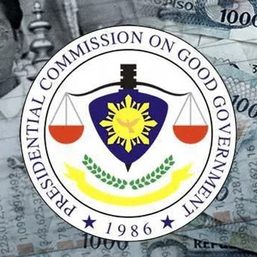
![[Newspoint] The lucky one](https://www.rappler.com/tachyon/2024/04/lucky-one-april-18-2024.jpg?resize=257%2C257&crop=536px%2C0px%2C1080px%2C1080px)
![[Just Saying] Marcos: A flat response, a missed opportunity](https://www.rappler.com/tachyon/2024/04/tl-marcos-flat-response-april-16-2024.jpg?resize=257%2C257&crop=277px%2C0px%2C720px%2C720px)
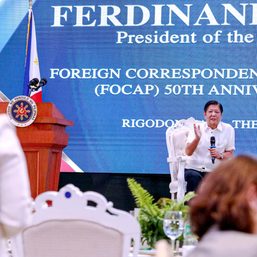
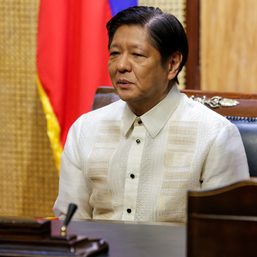
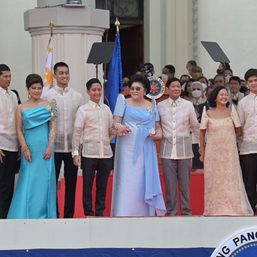
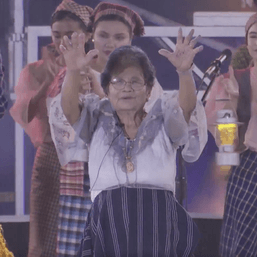
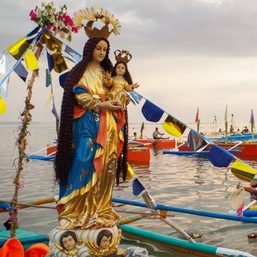
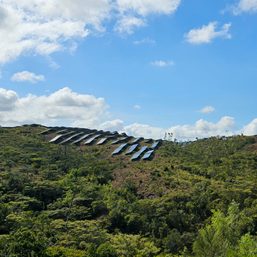
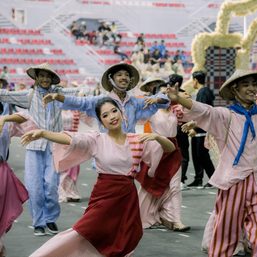
There are no comments yet. Add your comment to start the conversation.